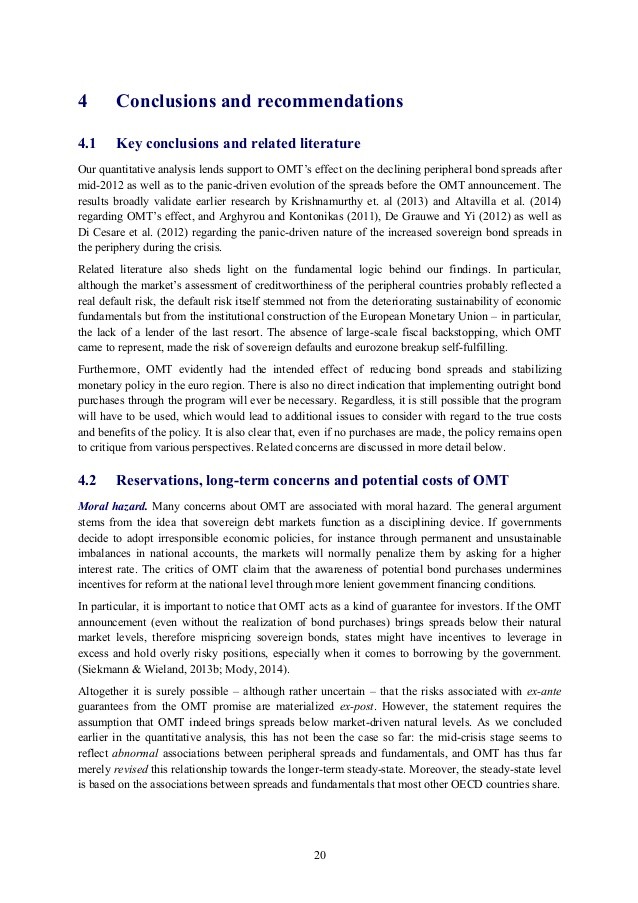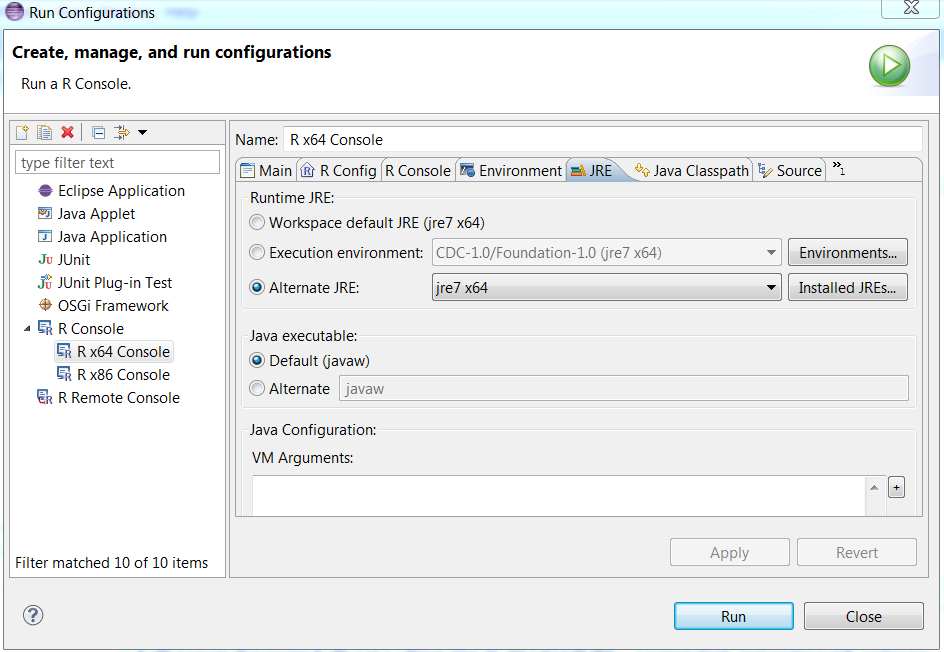What Is BidAsk Spread Quant Lego
Post on: 2 Сентябрь, 2015 No Comment

This article tells you what is bid-ask spread.
Youve probably heard the terms spread or bid and ask spread before, but you may not know what they mean or how they relate to the stock market. The bid-ask spread can affect the price at which a purchase or sale is made and an investors overall portfolio return. What this means is that if you want to dabble in the equities markets, you need to become familiar with this concept.
Supply and demand
Investors must first understand the concept of supply and demand before learning the ins and outs of the spread. Supply refers to the volume or abundance of a particular item in the marketplace, such as the supply of stock for sale. Demand refers to an individuals willingness to pay a particular price for an item or stock.
Example How Supply and Demand Work Together
Suppose that a one-of-a-kind diamond is found in the remote countryside of Africa by a miner. An investor hears about the find, phones the miner and offers to buy the diamond for $1 million. The miner says she wants a day or two to think about it. In the interim, newspapers and other investors come forward and show their interest. With other investors apparently interested in the diamond, the miner holds out for $1.1 million and rejects the $1 million offer. Now suppose two more potential buyers make themselves known and submit bids for $1.2 million and $1.3 million dollars, respectively. The new asking price of that diamond is going to go up.
The following day, a miner in Asia uncovers 10 more diamonds exactly like the one found by the miner in Africa. As a result, both the price and demand for the African diamond will drop precipitously because of the sudden abundance of the once-rare diamond. This example and the concept of supply and demand can be applied to stocks as well.
The bid-ask spread
The spread is the difference between the bid and asking prices for a particular security.
Example The Bid-Ask Spread
Lets assume that Morgan Stanley Capital International (MSCI) wants to purchase 1,000 shares of XYZ stock at $10, and Merrill Lynch & Co. wants to sell 1,500 shares at $10.25. The spread is the difference between the asking price of $10.25 and the bid price $10, or 25 cents.
An individual investor looking at this spread would then know that if he wants to sell 1,000 shares, he could do so at $10 by selling to MSCI. Conversely, the same investor would know that he could purchase 1,500 shares from Merrill Lynch at $10.25.
The size of the spread and price of the stock are determined by supply and demand. The more individual investors or companies that want to buy, the more bids there will be; more sellers results in more offers or asks.
On the New York Stock Exchange (NYSE), a buyer and seller may be matched by computer. However, in some instances, a specialist who handles the stock in question will match buyers and sellers on the exchange floor. In the absence of buyers and sellers, this person will also post bids or offers for the stock to maintain an orderly market.

On the Nasdaq, a market maker will use a computer system to post bids and offers, and essentially plays the same role as a specialist. However, there is no physical floor. All orders are marked electronically.
It is important to note that when a firm posts a top bid or ask and is hit by an order, it must abide by its posting. In other words, in the example above, if MSCI posts the highest bid for 1,000 shares of stock and a seller places an order to sell 1,000 shares to the company, MSCI must honor its bid. The same is true for ask prices.
Types of orders
An individual can place five types of orders with a specialist or market maker:
- Market Order A market order can be filled at the market or prevailing price. By using the example above, if the buyer were to place an order to buy 1,500 shares, the buyer would receive 1,500 shares at the asking price of $10.25. If he or she placed a market order for 2,000 shares, the buyer would get 1,500 shares at $10.25 and 500 shares at the next best offer price, which might be higher than $10.25.
- Limit Order An individual places a limit order to sell or buy a certain amount of stock at a given price or better. Using the above spread example, an individual might place a limit order to sell 2,000 shares at $10. Upon placing such an order, the individual would immediately sell 1,000 shares at the existing offer of $10. Then, he or she might have to wait until another buyer comes along and bids $10 or better to fill the balance of the order. Again, the balance of the stock will not be sold unless the shares trade at $10 or above. If the stock stays below $10 a share, the seller might never be able to unload the stock.
- Day Order A day order is only good for that trading day. If it is not filled that day, the order is canceled.
- Fill or Kill (FOK) An FOK order must be filled immediately and in its entirety or not at all. For example, if a person were to put an FOK order in to sell 2,000 shares at $10, a buyer would take in all 2,000 shares at that price immediately, or refuse the order, in which case it would be canceled.
- Stop Order A stop order goes to work when the stock passes a certain level. For example, suppose an investor wants to sell 1,000 shares of XYZ stock if it trades down to $9. In this case, the investor might place a stop order at $9 so that when it does trade to that level, the order becomes effective as a market order. To be clear, it does not guarantee that the order will be executed at $9. However, it does guarantee that the stock will be sold. If sellers are abundant, the price at which the order is executed might be much lower than $9.
Bottom line
The bid-ask spread is essentially a negotiation in progress. To be successful, traders must be willing to take a stand and walk away in the bid-ask process through limit orders. By executing a market order without concern for the bid-ask and without insisting on a limit, traders are essentially confirming another traders bid, creating a return for that trader.














